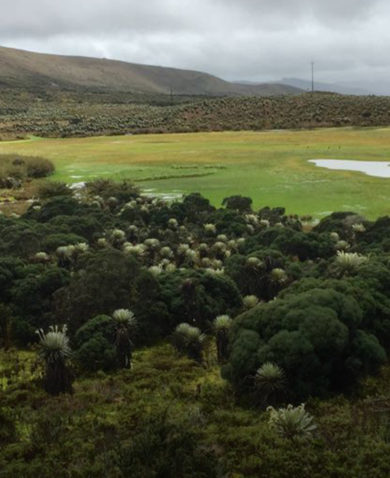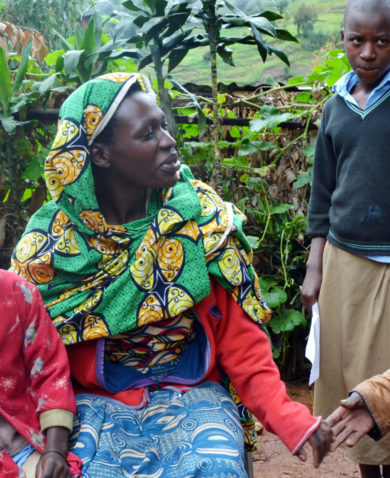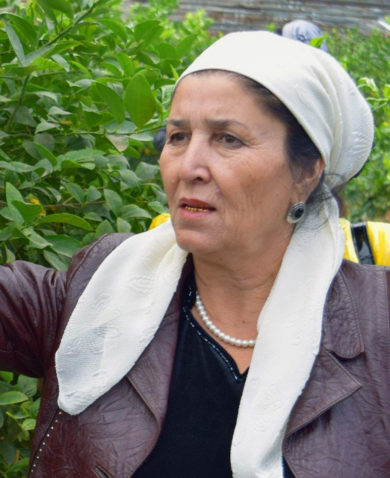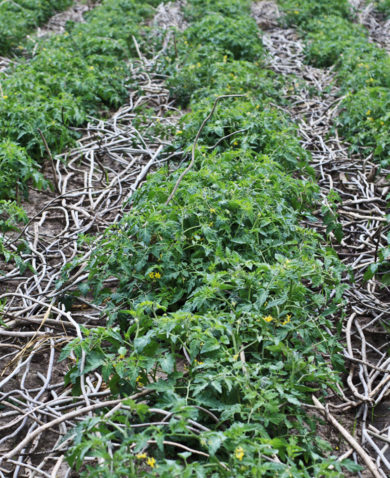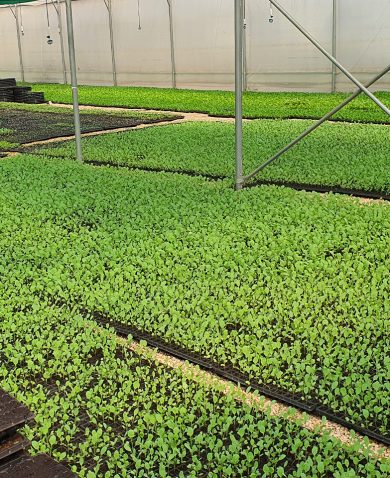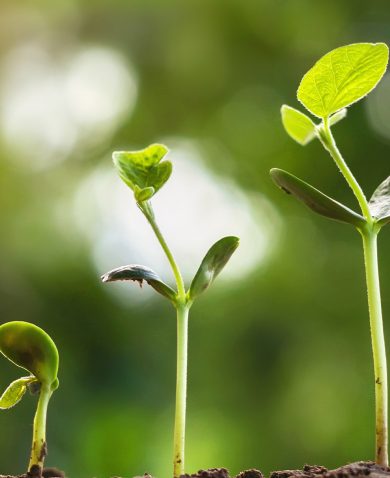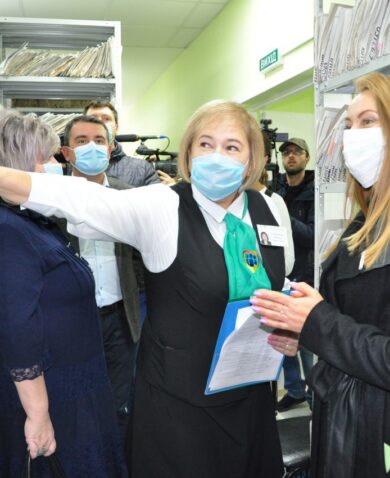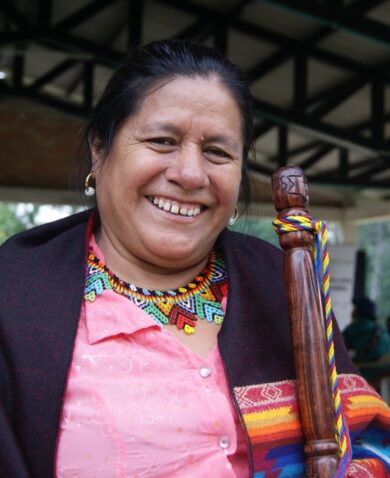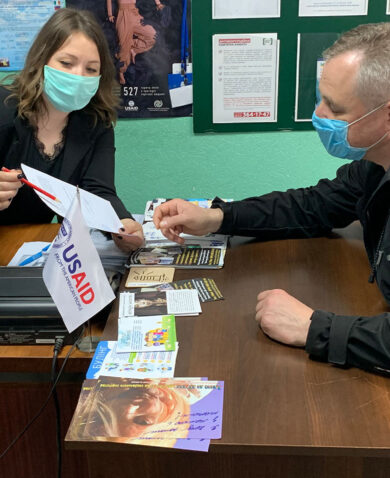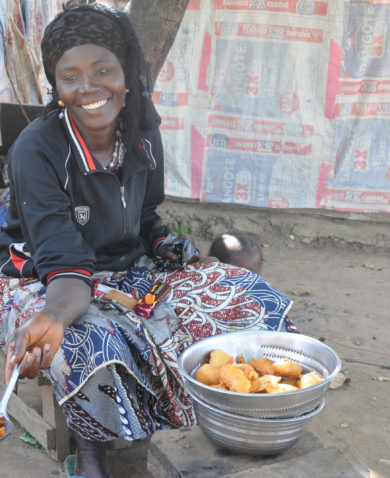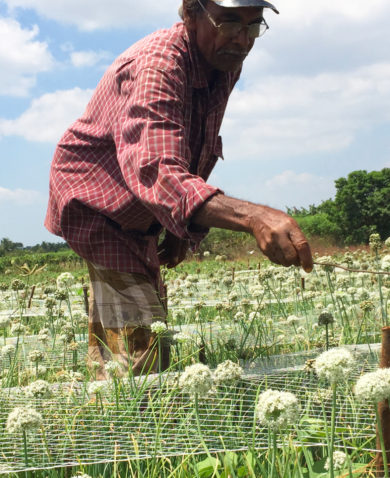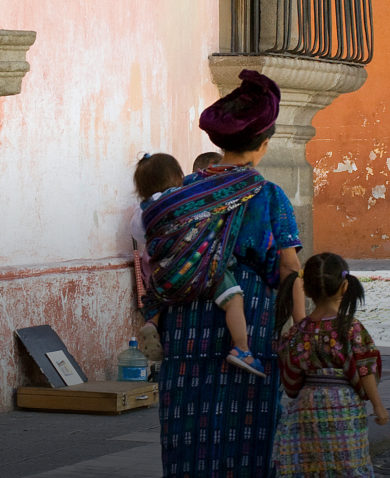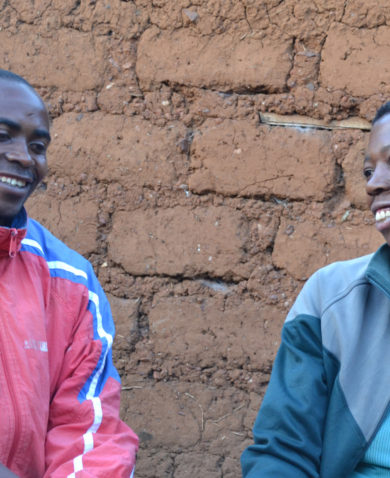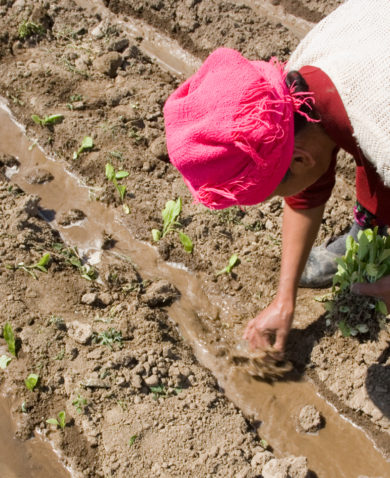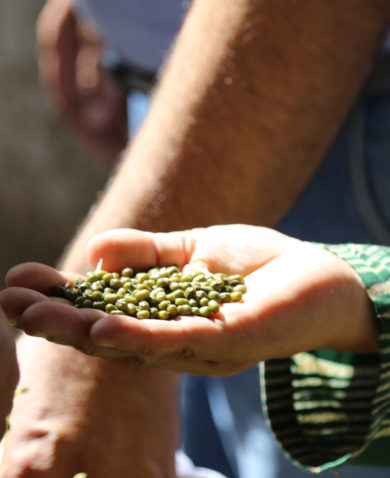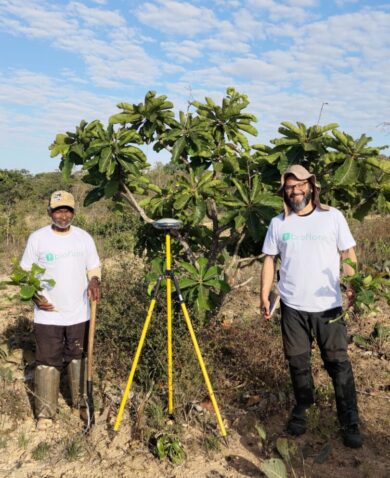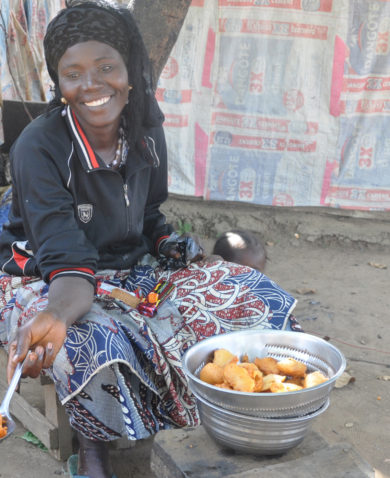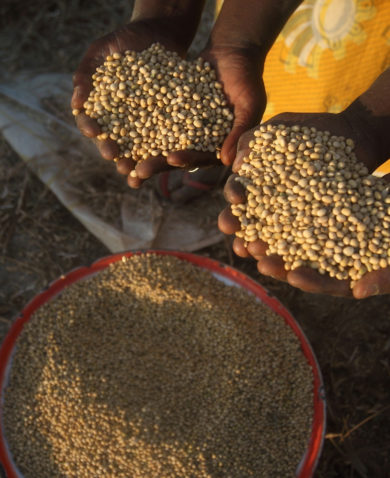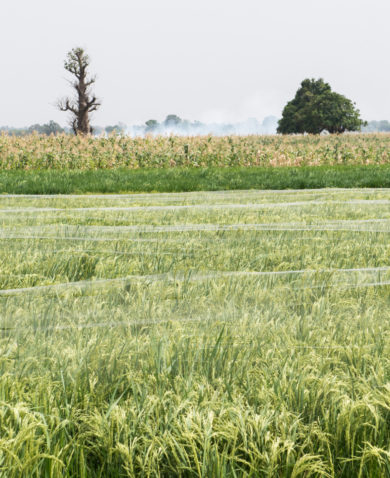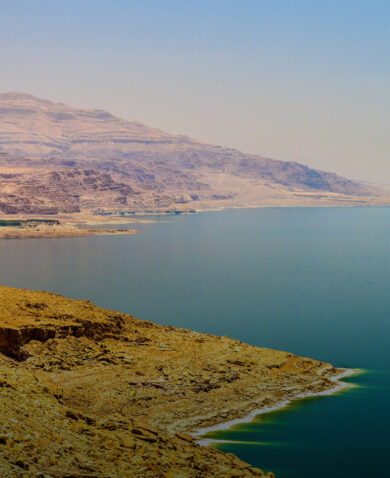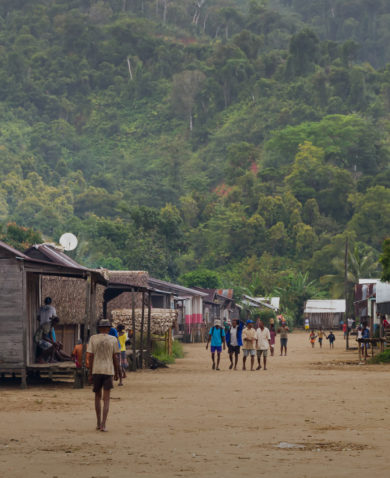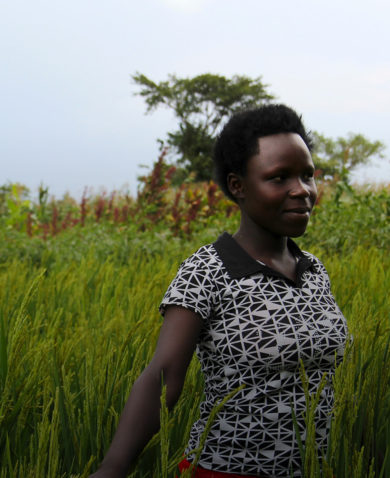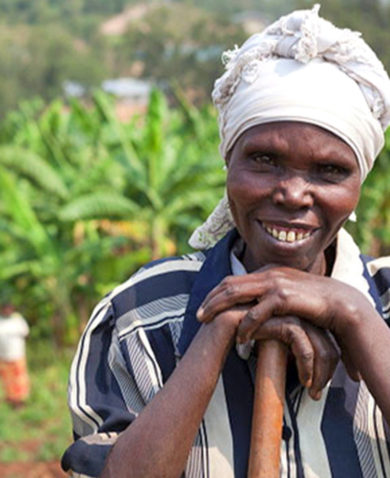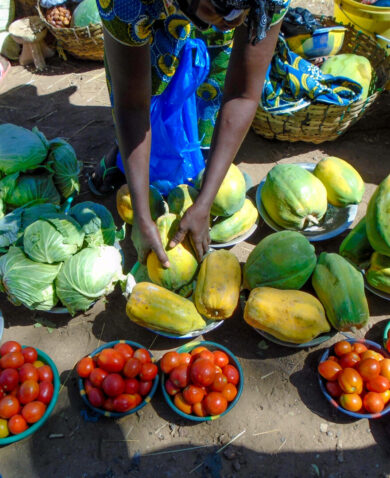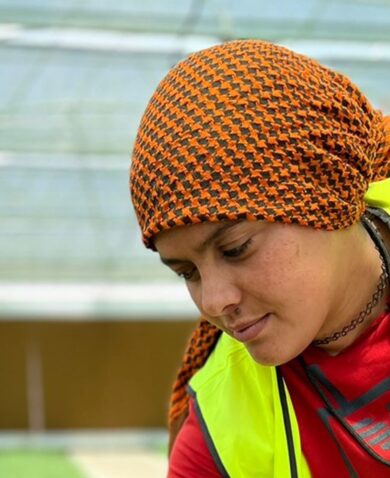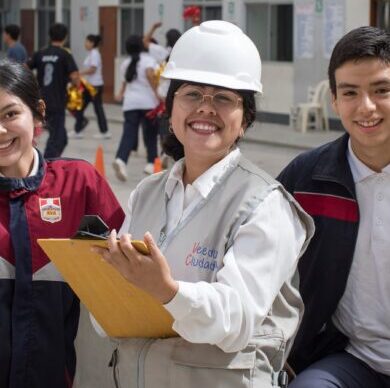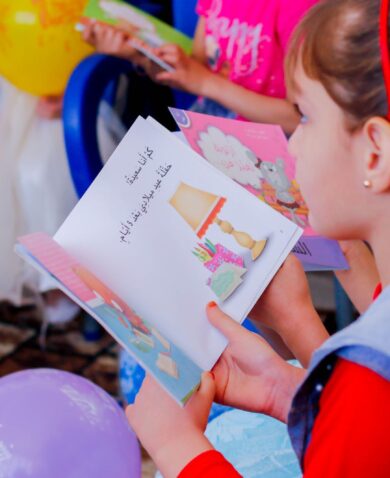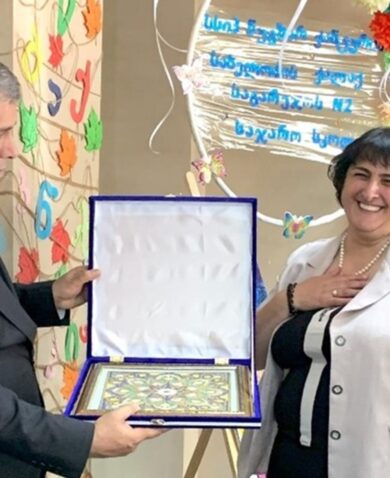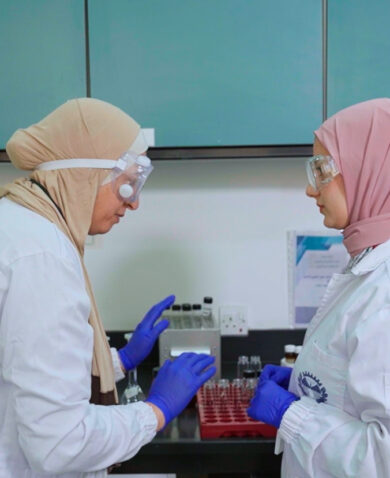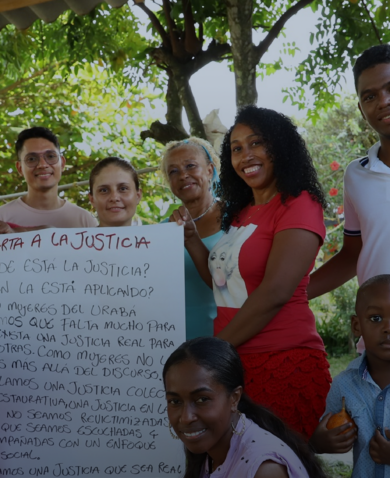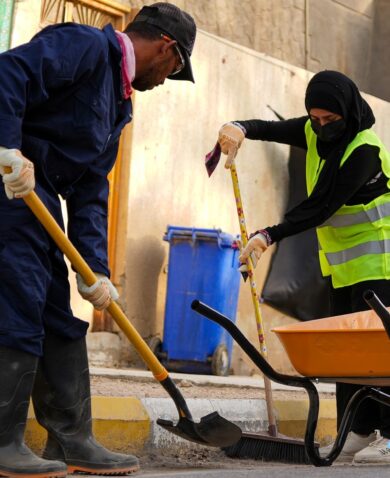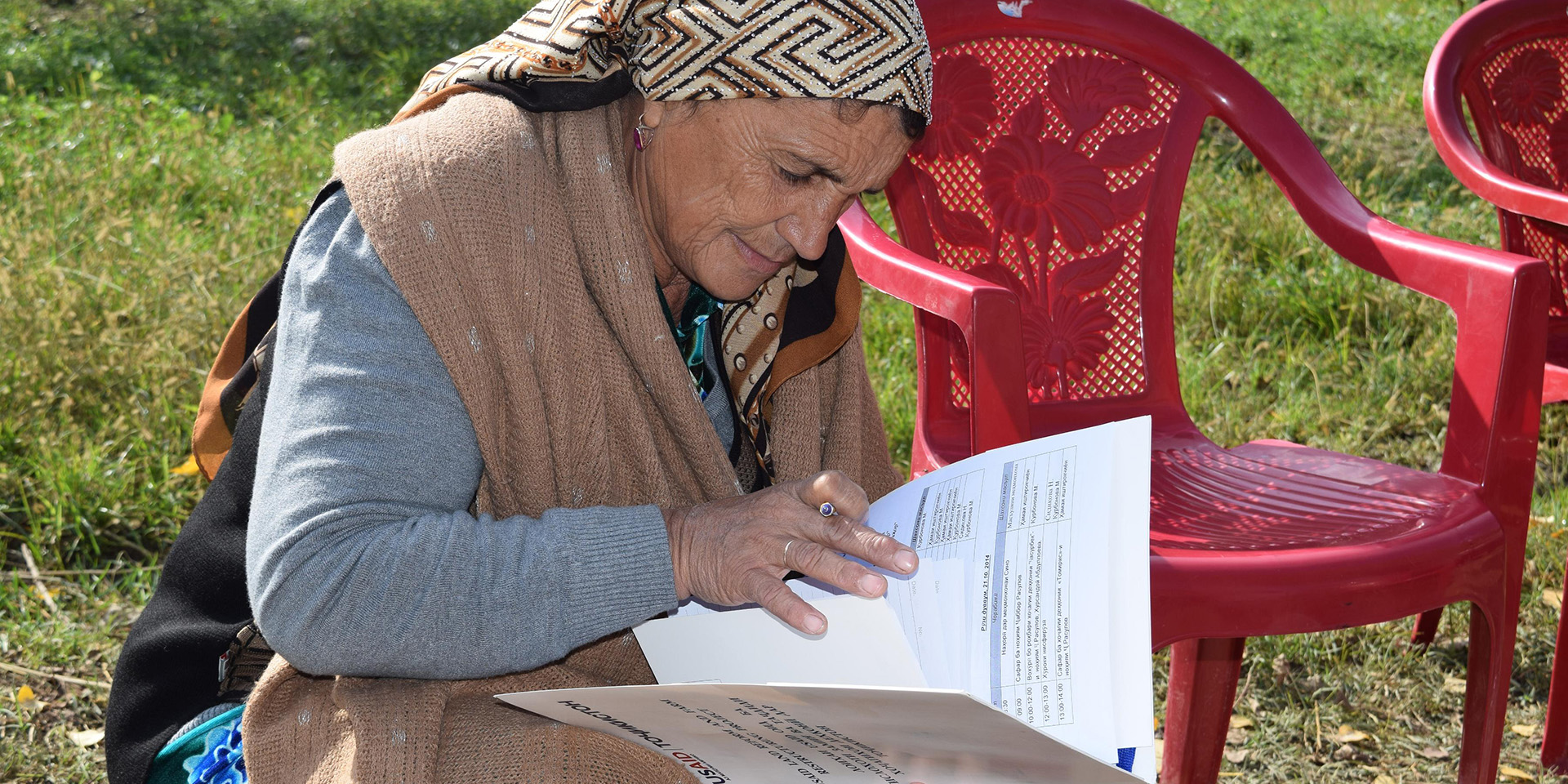
Benefiting Equally from Land – Reaching Women Before It’s Too Late
March 17, 2016 | 3 Minute ReadIn Tajikistan, women comprise 80 percent of the agricultural workforce but only 12 to 24 percent are in farm leadership roles.
The timing, approach, and pace of land reform and collective farm restructuring throughout the former Soviet republics has varied dramatically – and in many places is still ongoing. Whether government chose to privatize land, guarantee land use rights, or keep the status quo of state ownership, land and access to it remains critical for millions of citizens who rely on the land for their livelihoods. Land challenges faced by those throughout Europe and Eurasia is very similar to tens of millions of people around the world, and leading experts will discuss just that at the 2016 World Bank Land and Poverty Conference.
On the surface, Tajikistan, Rwanda, and many other countries working to improve their land and cadaster system seem worlds apart. With different languages, cultures, social and economic histories, and climates, they are. However, many face similar constraints to land, especially when it comes to women. Most notably, women are often less aware of their land rights due to limited education and less likely to push for their rights due to cultural norms. However, by including women in the process throughout Tajikistan, surveys have shown that women are eager to understand and apply their land use rights and overcome awareness gaps. Notwithstanding this progress, only 12 to 24 percent of women are in farm leadership roles in Tajikistan despite comprising roughly 80 percent of the agricultural workforce.
To empower female farmers to take on leadership roles, especially as migration of working-age males to Russia continues, land reform efforts in Tajikistan must target women more effectively in the future.
Focusing on women in Tajikistan
To do just that, USAID and Chemonics have been implementing special outreach and legal support to women through a “women’s right to land” training series under USAID’s Tajikistan Land Reform and Farm Restructuring Project (LRFRP). Through legal support, female-focused workshops and experience sharing; TV, radio, and print media; and information corners at local government offices, we are focused on reducing the knowledge gap between men and women, and empowering women to take their destiny into their own hands through increased on-farm leadership. While these activities have paid dividends for women already involved in agriculture, more can still be done to include youth and girls and reduce the potential for awareness gaps in future generations.
Getting land reform into the schools
Based on the desire to reach the next generation of Tajik land users, especially women, we turned our efforts to the school system as a structured way to engage girls and youth and increase opportunities for meaningful employment. To accomplish this, we piloted extracurricular classes in 24 high-schools throughout the Khatlon Oblast, which included grade-appropriate materials, presentations, and a question-and-answer session on the Tajik land reform process and individual land rights. Members from the local education department and government attended many of these classes. As a result of their inclusion, they witnessed the value and engagement of the students and requested that the pilots be expanded to all the high-schools throughout the Khatlon Oblast.
We are still in the early stages of taking this initiative to scale but are excited about the collaboration with the regional education department, their desire to see it taught to all 11th and 12th graders throughout the Oblast, and the impact we expect it to have on the students. We will oversee the training-of-trainers implemented by the initial pilot teachers and ensure that the quality and approach remain consistent with our initial vision.
Our goal is not only educating girls and youth about their rights to land, but also breaking down the awareness barriers around their rights early and often — and before it is too late.



